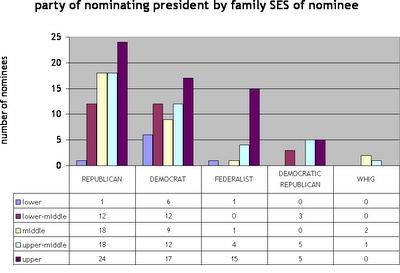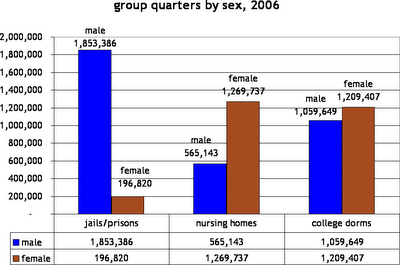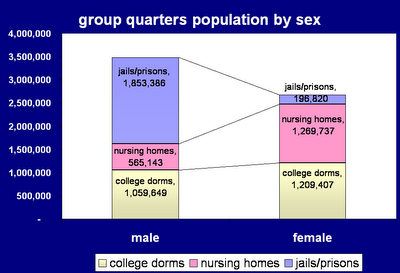good on ya, bruce.
the u.s. senate’s joint economic committee held a hearing this morning on “mass incarceration in the united states: at what cost?” “to explore the economic consequences and causes of and solutions to the steep increase of the u.s. prison population.”
i hope some good comes from it. here’s the press release:
The United States has 25 percent of the world’s prisoners, despite having only 5 percent of the world’s population. The JEC will examine why the United States has such a disproportionate share of the world’s prison population, as well as ways to address this issue that responsibly balance public safety and the high social and economic costs of imprisonment.
Expert witnesses have been asked to discuss the costs of maintaining a large prison system; the long-term labor market and social consequences of mass incarceration; whether the increase in the prison population correlates with decreases in crime; and what alternative sentencing strategies and post-prison re-entry programs have been most successful at reducing incarceration rates in states and local communities.
Witnesses (as of September 27):
Dr. Glenn Loury, Economics and Social Sciences Professor, Brown University
Dr. Bruce Western, Director Inequality and Social Policy Program, Harvard University
Alphonso Albert, Executive Director, Second Chances
Michael Jacobson, Executive Director, Vera Institute for Justice









